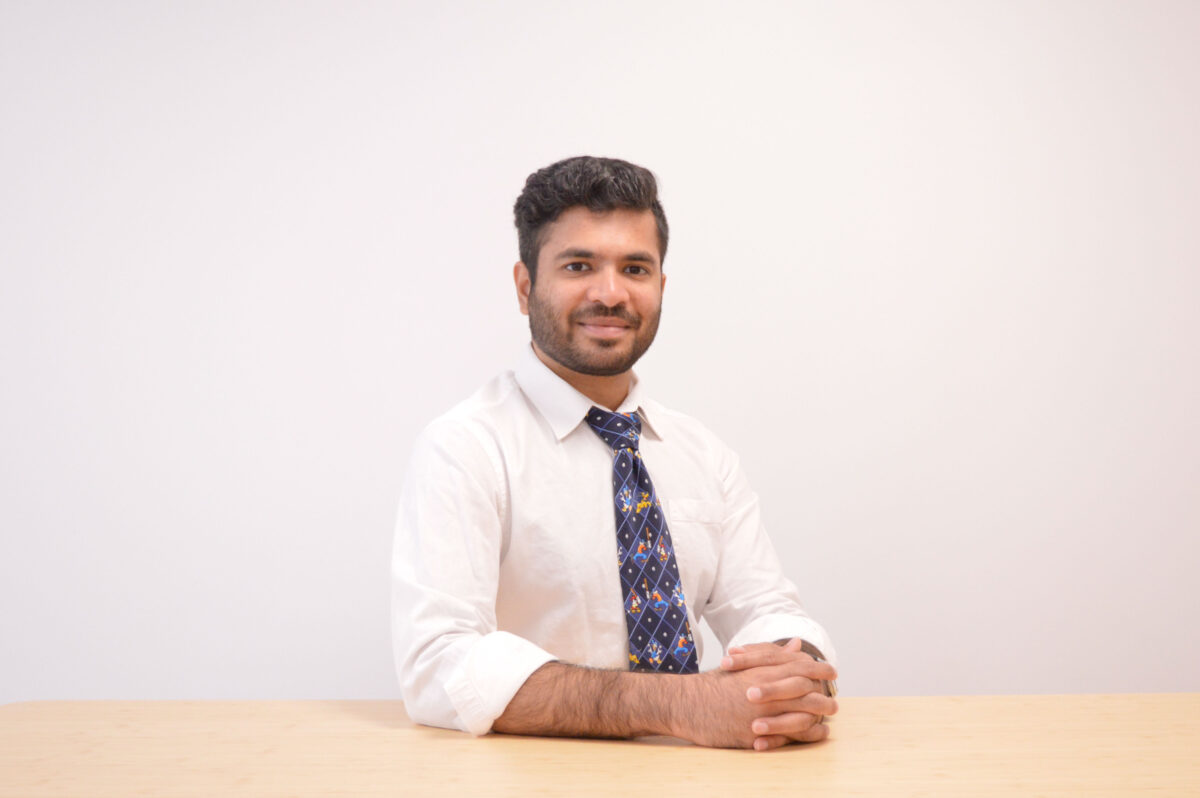Trochanteric bursitis has long been used to describe pain on the outside of the hip. While inflammation of the trochanteric bursa does occur, modern understanding shows that Greater Trochanteric Pain Syndrome (GTPS) is a more accurate term. GTPS often involves issues with the gluteal tendons rather than isolated bursitis.
Common contributors to GTPS include gluteal tendinopathy, tendon tears, or biomechanical issues that overload the hip. True bursitis may be present, but it is usually secondary.

GTPS typically presents with:
This condition is most commonly seen in middle-aged women and those with poor hip stability or weak gluteal muscles.
1. Targeted Exercise Programs
Active rehabilitation as part of physical therapy is the cornerstone of GTPS recovery. A tailored plan may include:
short-term exercises to increase tendon length and reduce inflammation
Modifications to gait pattern depending on any seen deviations
long-term stability of hip and knee complex to return patients to their baseline and goals.
These exercises are designed to gradually load the tendon, improving function and reducing pain without overstressing the area.
2. Education & Lifestyle Adjustments based on patients’ goals.
Depending on each patient’s medical history, current level of function, and irritability of symptoms, a personalized physical therapy plan is advised. There is usually some component of activity modification; for example:
Side-lying without support
Standing with weight shifted to one side
Climbing stairs or walking uphill
Simple changes in posture and movement can significantly reduce symptoms.
3. Manual Therapy
Occasionally, Joint or soft tissue restrictions may be addressed through manual therapy. Restoring normal hip and lower back mobility can reduce mechanical stress on the affected area.
Research shows that physical therapy with primary components of exercise and education offer long-term benefits for patients with GTPS— more effective than injection therapy alone. Most individuals see improvement with consistent, guided physiotherapy.
If you are experiencing hip pain or GTPS related symptoms, consult a physiotherapist.
We specialize in orthopedic rehabilitation of joint pathologies. If you have any questions or need to see us, please get in touch!

Arjun Patel, PT, MScPT, MCPA is an orthopedic, neuro, and vestibular physiotherapist. He is the director of Blue Space Clinic Physiotherapy and sees complex cases on a daily basis. He is also an adjunct lecturer at the faculty of medicine at University of Toronto.
To learn more about Arjun and our clinic, click here!